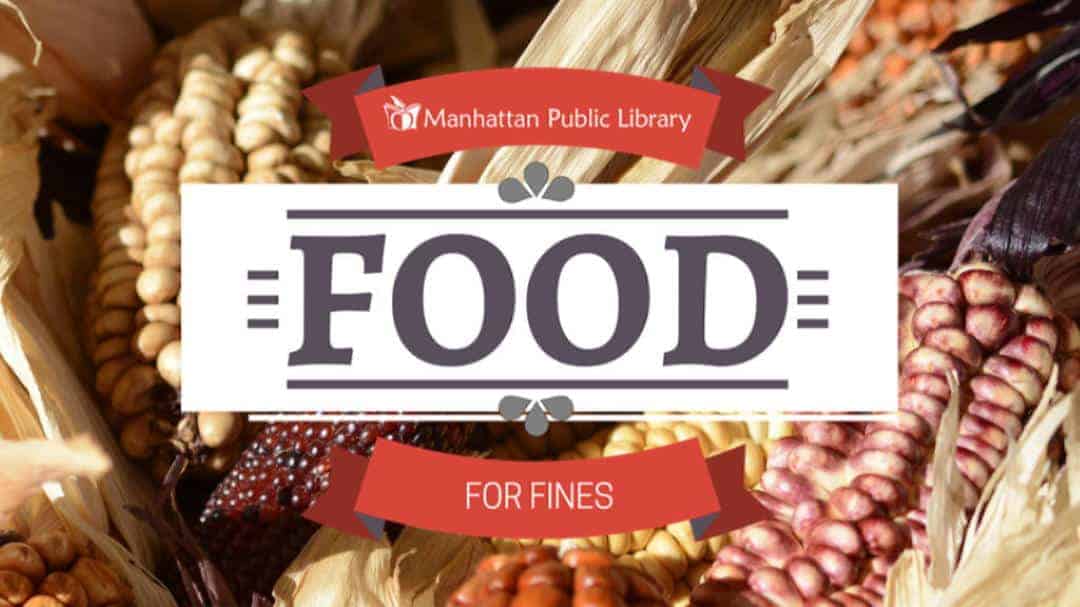
From 10:00 a.m. to 5:00 p.m. on Saturday, December 2, everyone who brings a non-perishable food item to the Manhattan Public Library will receive a $1 voucher to pay library fines. Vouchers will be good throughout the month of December, with a maximum of 10 vouchers per person. All of the donated food will be given to the Flint Hills Bread Basket to help combat food insecurity in Manhattan.
Library Director, Linda Knupp, championed the idea as “a way to promote good will during the holidays and give back to the community.”
Suggested items include:
Boxed meals
Grape jelly
Peanut butter
Cereal
Pasta
Canned meats
Pancake syrup
Oatmeal
The following items will not be accepted:
No expired items
No damaged items
No open packages
Ramen noodles (and other multi-pack items) will be accepted at a value of 4 packages = $1
Volunteers from the Manhattan Library Association will be in the library’s atrium to accept donations and issue vouchers. For more information, please contact the Manhattan Public Library at 629 Poyntz Avenue, (785) 776-4741 ext. 100, or www.MHKLibrary.org.
The Flint Hills Breadbasket is located at 905 Yuma Street. It was founded in 1983 as a Community Food Network to collect and distribute food to those in need. Their food pantry is open Monday – Thursday from 1:00 to 3:30 p.m. and Fridays from 1:00 to 3:00 p.m. to distribute food. To see the complete schedule for the Breadbasket, visit www.breadbasket.manhattanks.org or call (785) 537-0730.


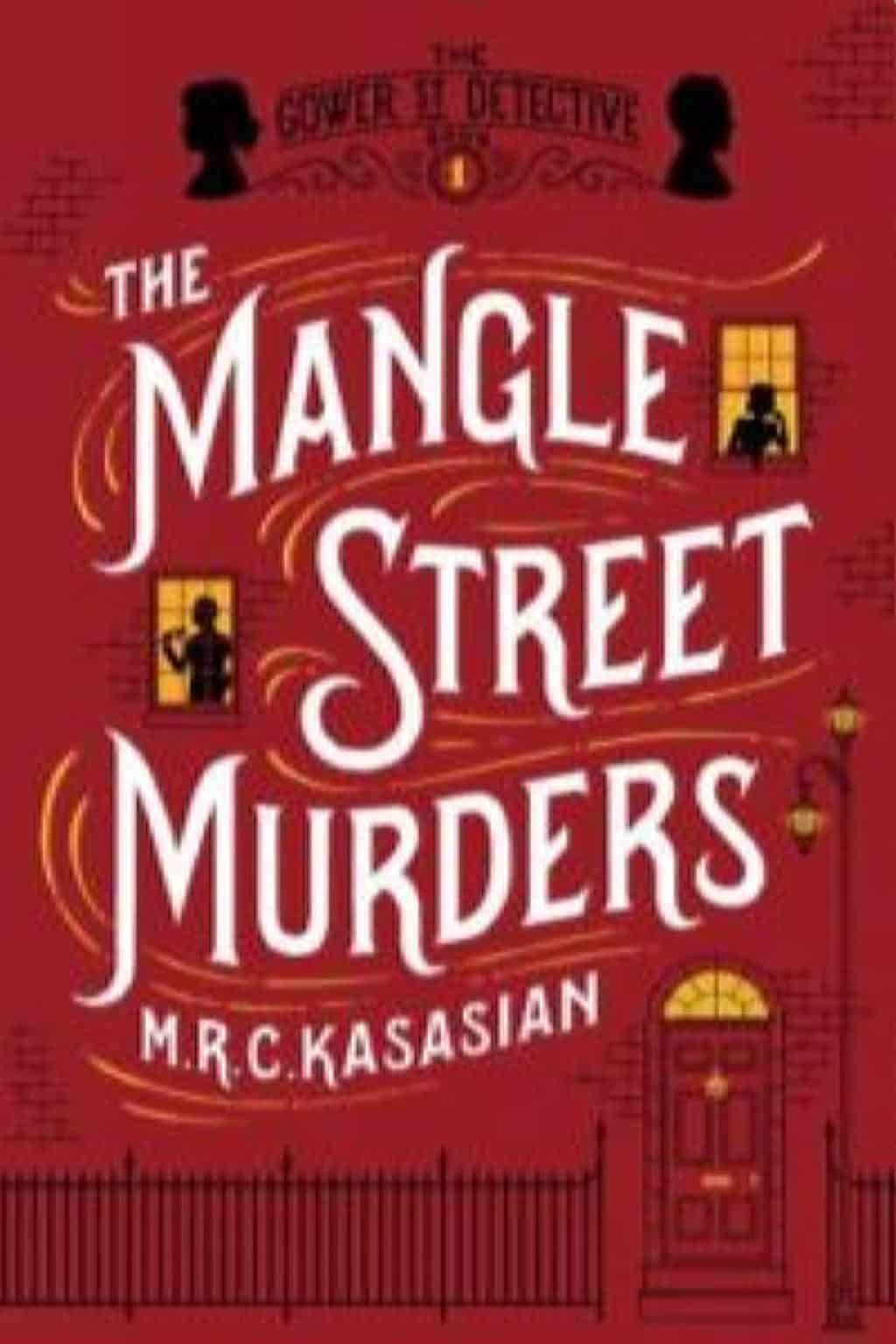 Criminal Detection in the Streets of Victorian England
Criminal Detection in the Streets of Victorian England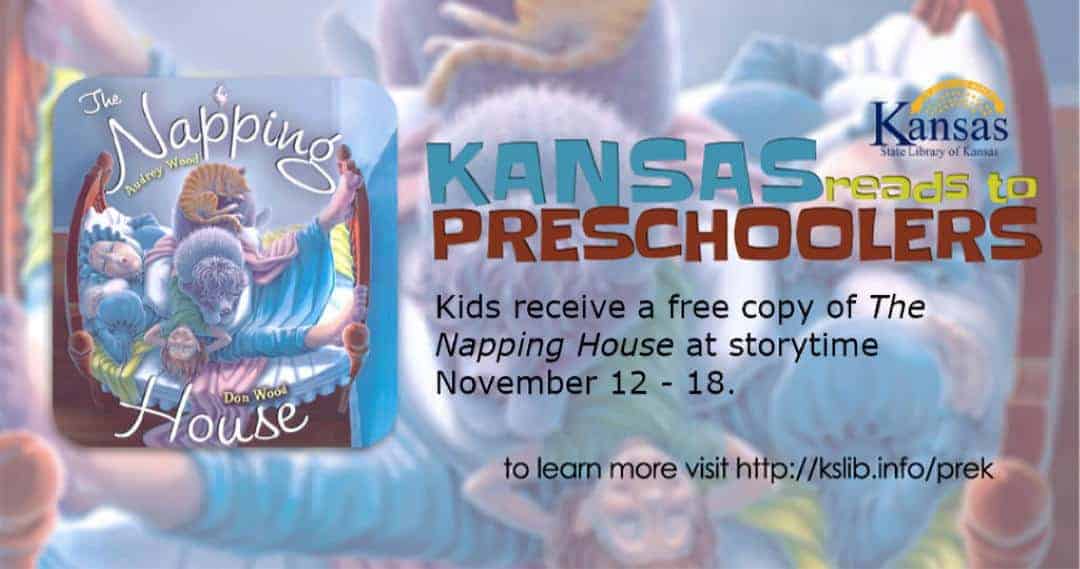
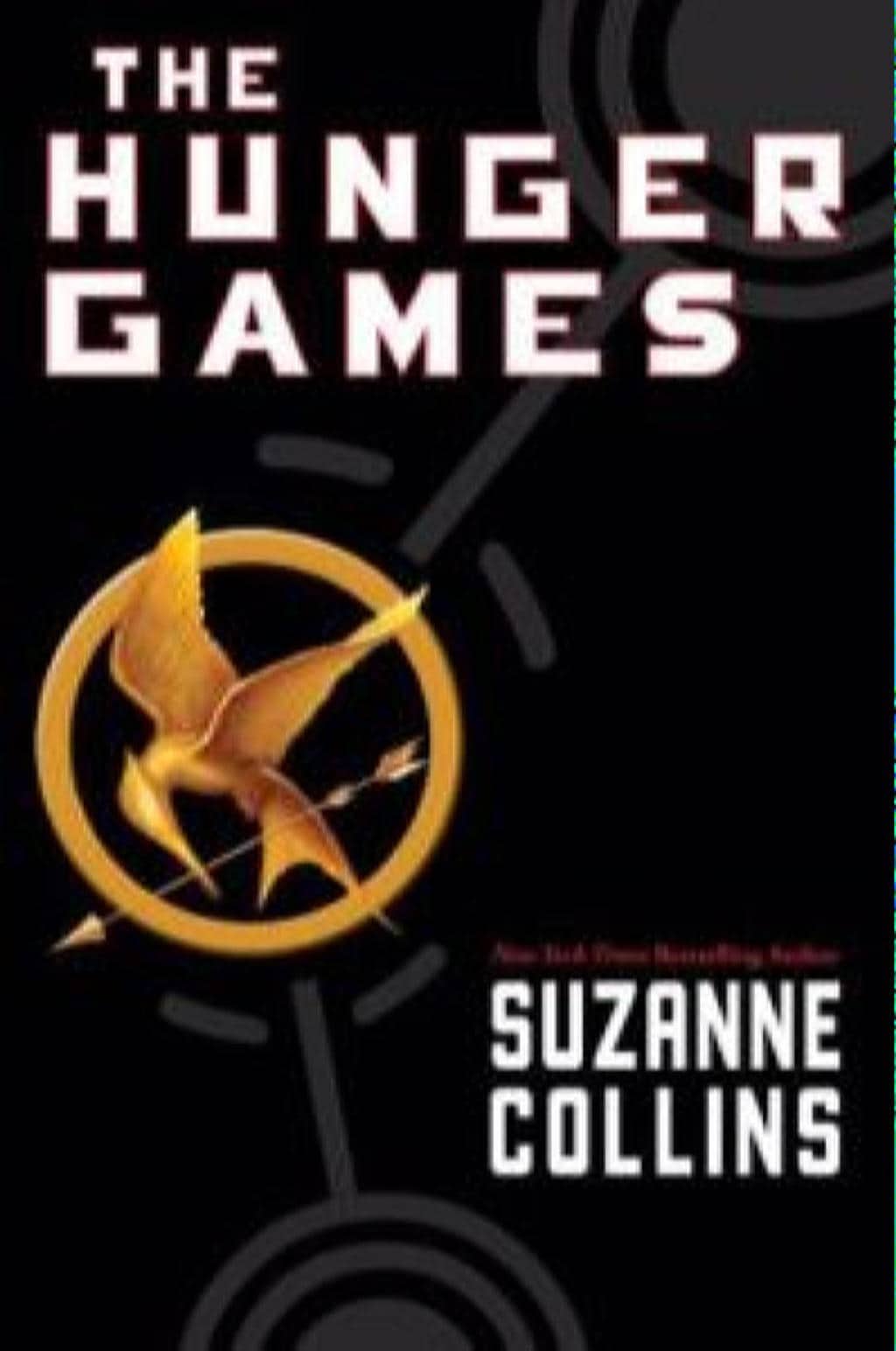 May the Odds Be Never in Your Favor: Contemporary Classics of Dystopian Fiction
May the Odds Be Never in Your Favor: Contemporary Classics of Dystopian Fiction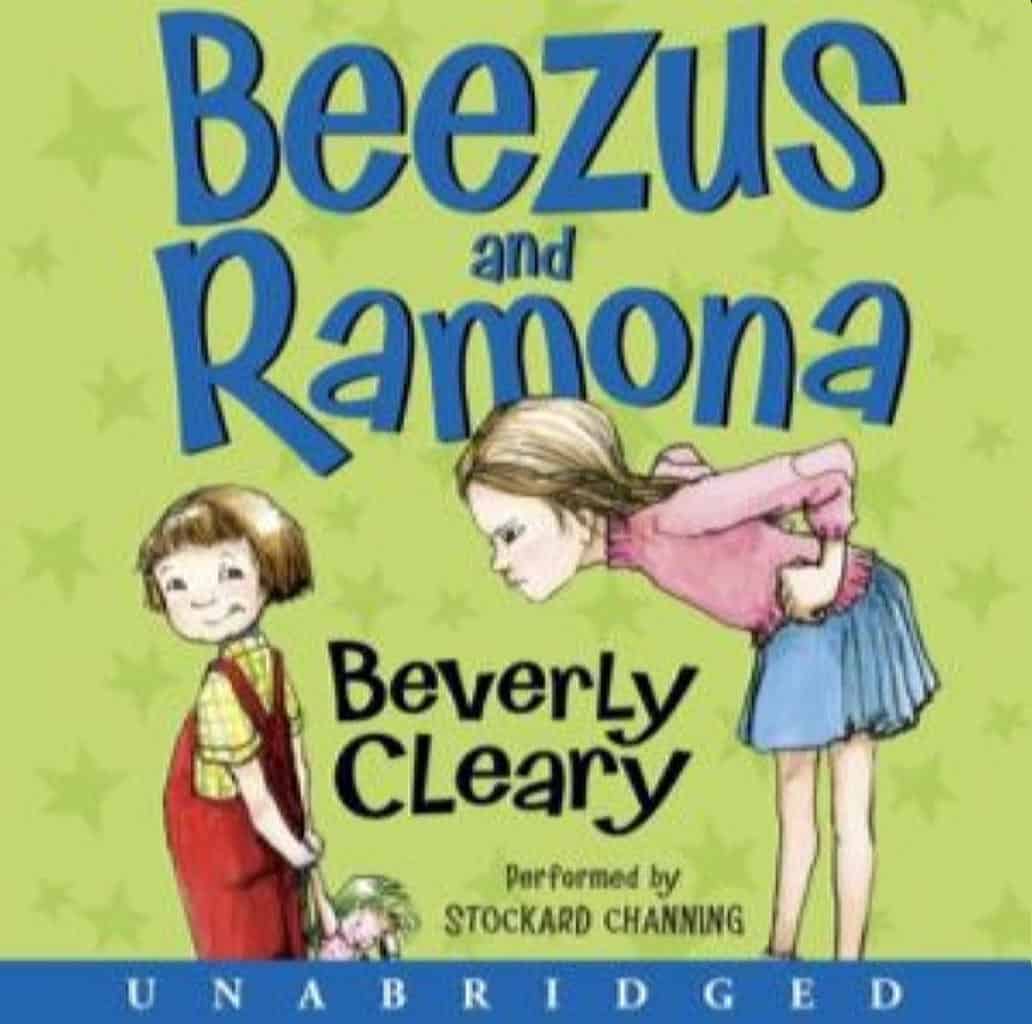 Audiobooks for the Family
Audiobooks for the Family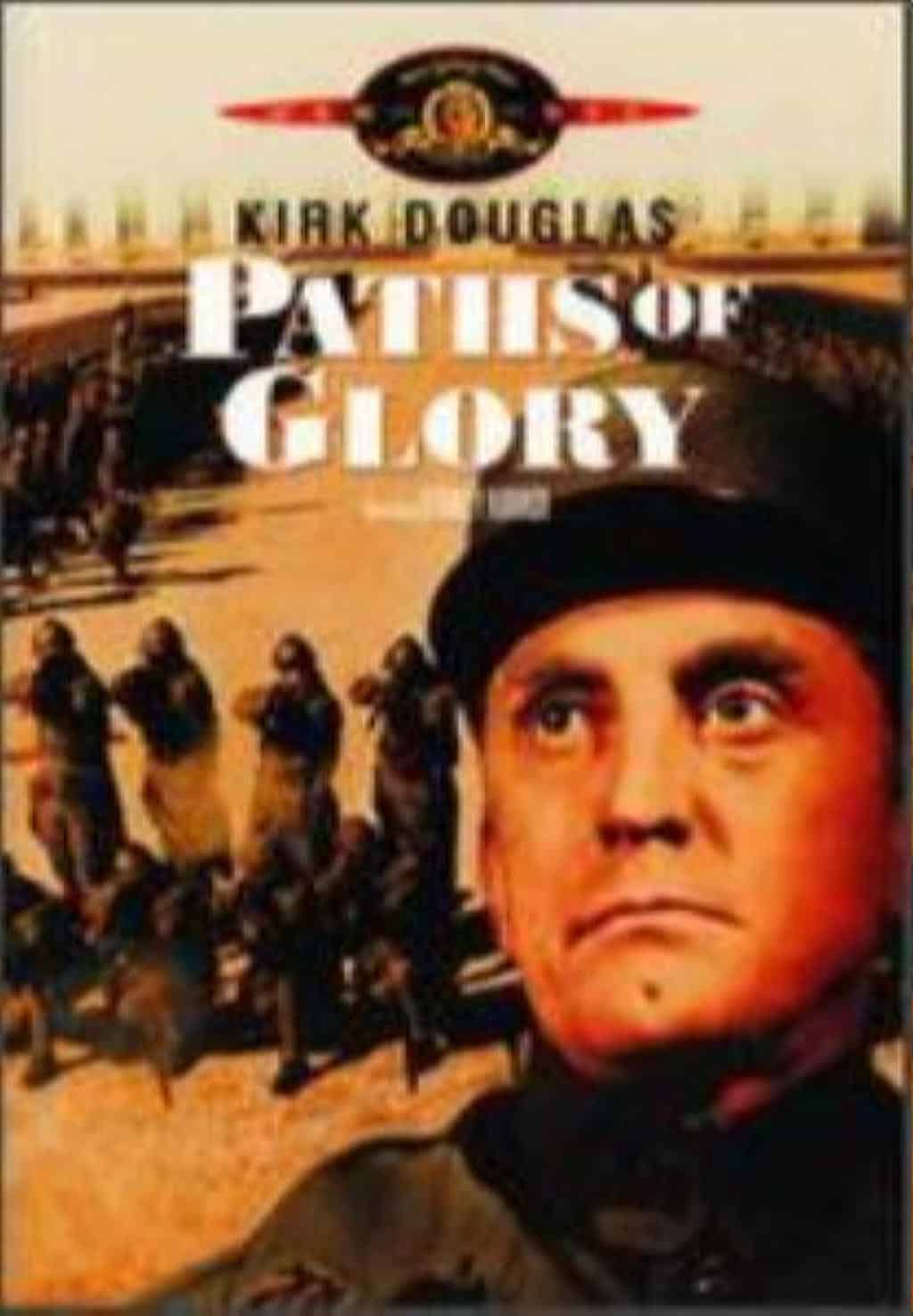 World War One on Film
World War One on Film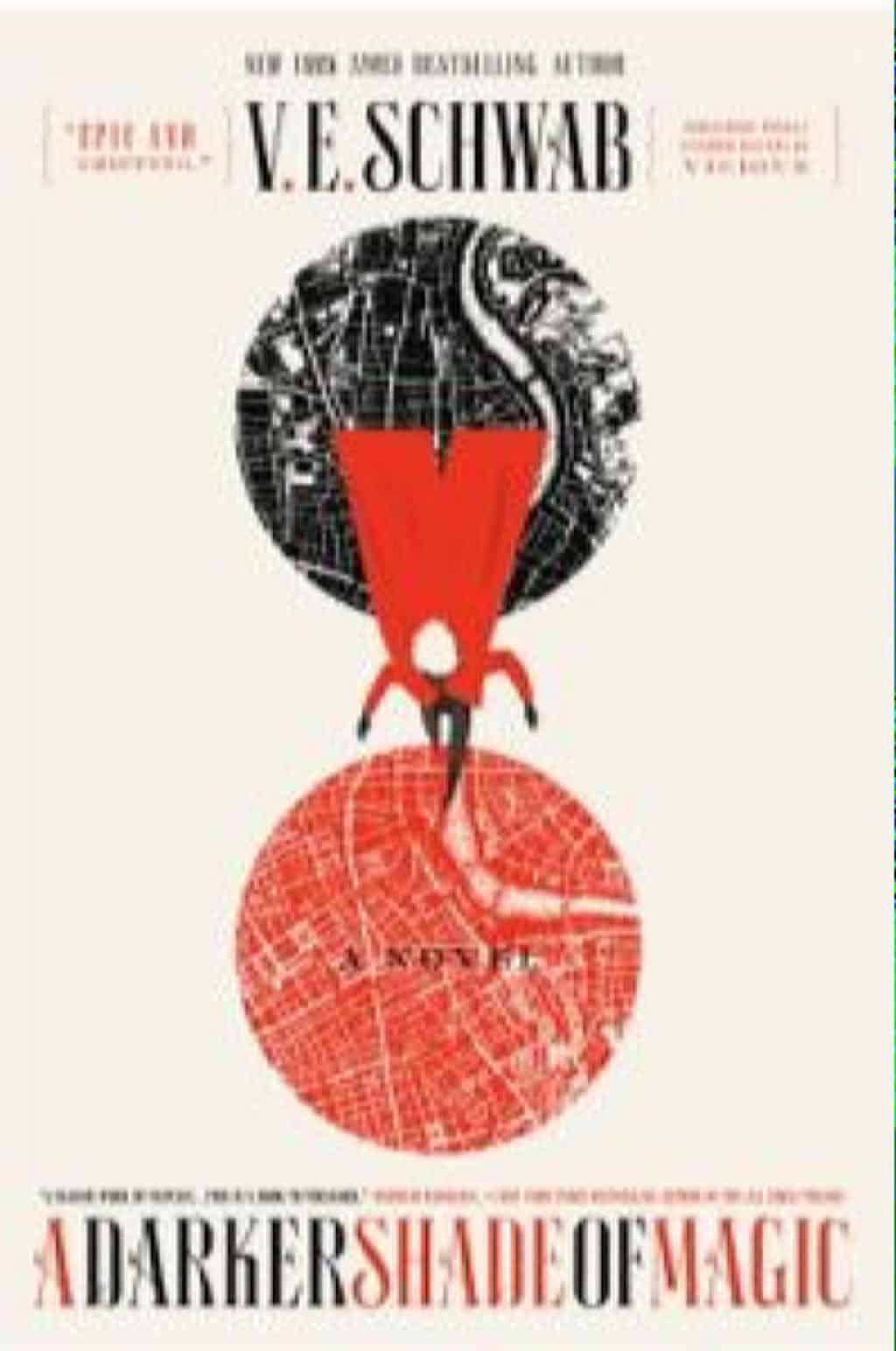 Literary Rabbit Holes
Literary Rabbit Holes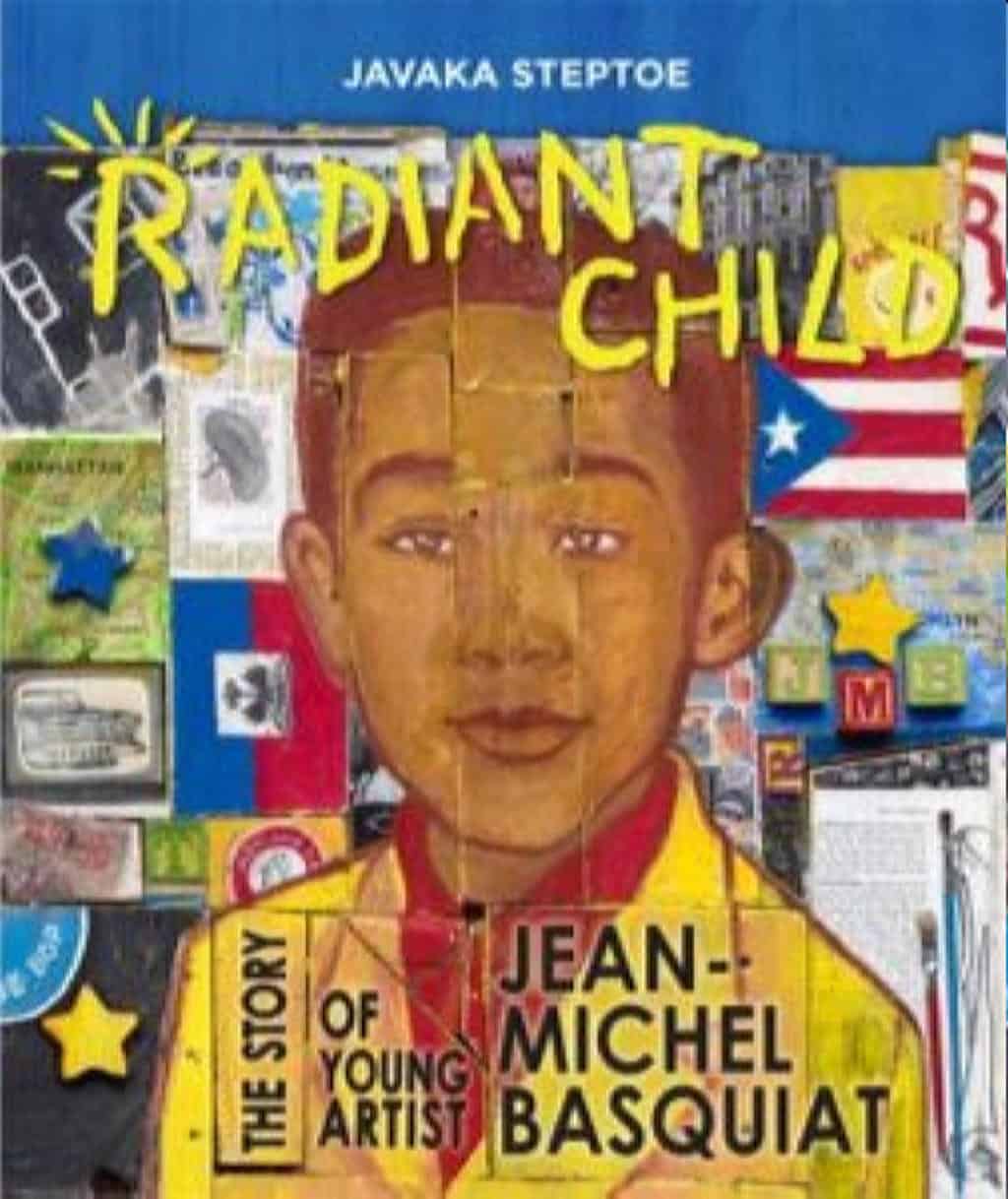 Amazing Artists Inspire Kids to Express Themselves
Amazing Artists Inspire Kids to Express Themselves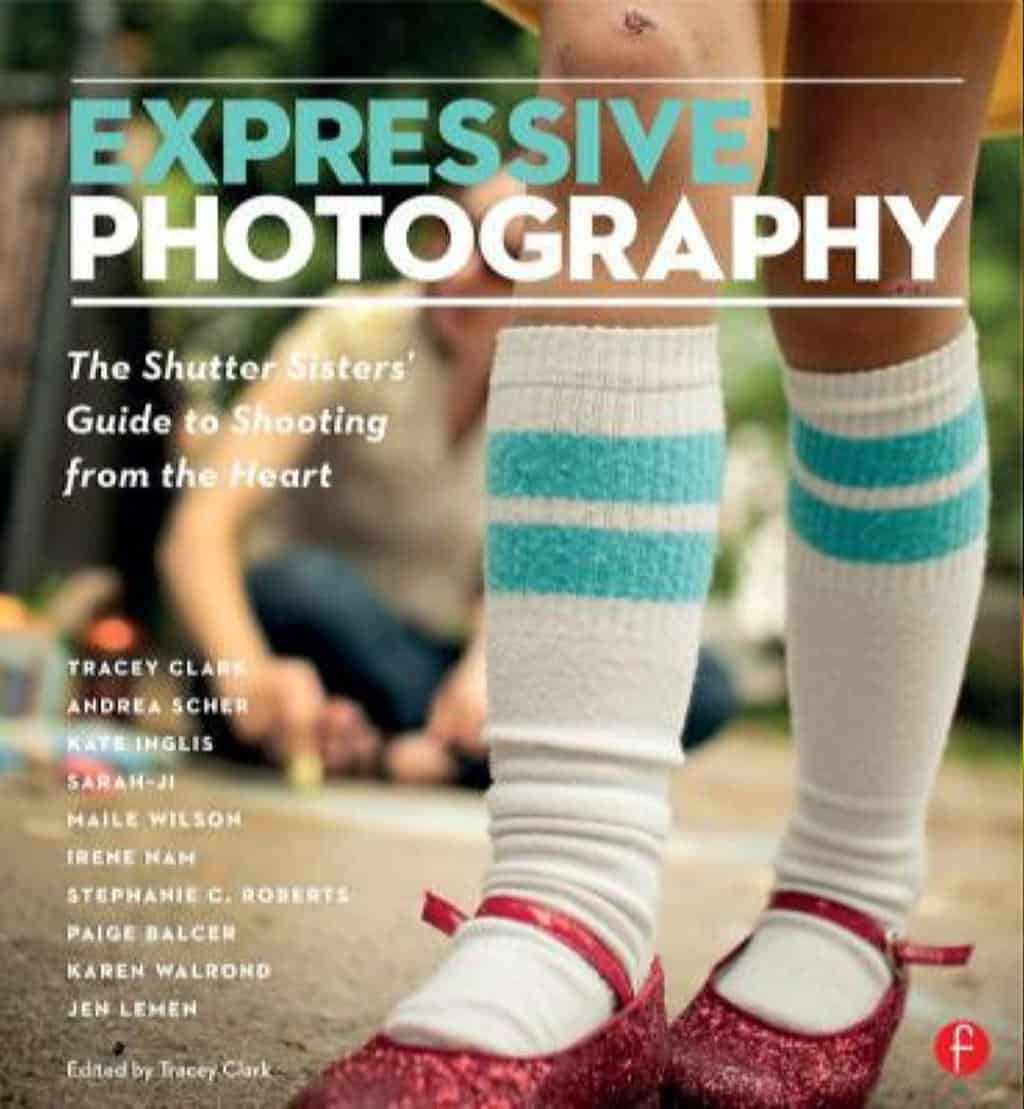
 Capturing Beautiful Moments
Capturing Beautiful Moments